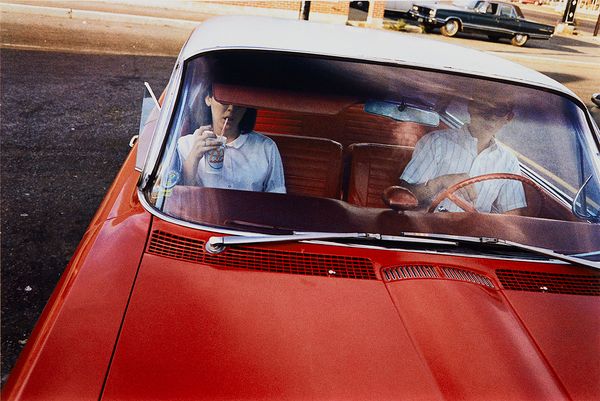William Eggleston, Untitled (Couple in Red Car at Drive-In Restaurant), Memphis, TN, 1965–1968. Photographs from the Martin Z. Margulies Foundation.
There’s perhaps no medium more suited to exploration of the human condition’s subjective experiences than photography. After all, at its base the camera is a tool used to capture and store the photographer’s vision of their subjects. Its concept of place is fixed: a subject is either in or out of frame, but our place — as viewers and interpreters — is to navigate the ambiguous relationship between what the camera records, and the meaning created by the world it encounters.
Nowhere is this more evident than in the selection of photographs from the Martin Z. Margulies Foundation on offer at Phillips this April. The first in a series of auctions of photographs from the visionary and multidisciplinary collection, the April sale presents a breadth of perspectives and experiences united by a common humanity — one that confronts the challenges of defining the complex and diverse worlds these artists set out to explore. This sense of humanity finds a synergy in the charitable goal of the sales, with proceeds benefiting the foundation’s mission to improve the lives of children and families experiencing poverty, marginalization, and food and housing insecurity, in addition to providing for the needs of veterans.
Below, we highlight works that capitalize on photography’s unique ability to express single moments in time — preserving them for the future to untangle — and unearth the collection’s inspired ability to compile images that resonate with each other as they survey life and the conditions set by and imposed on it. Along the way, we discover Martin Z. Margulies’ bold and intuitive approach to collecting — a pursuit he has described as his inner calling.
Overall, and over time, what registers with me the most is not a singular acquisition at a particular fair many years ago but rather the enjoyable, wonderful, and challenging experience of collecting art as a way of life.
—Martin Z. Margulies
Gordon Parks and the Power of Permanence
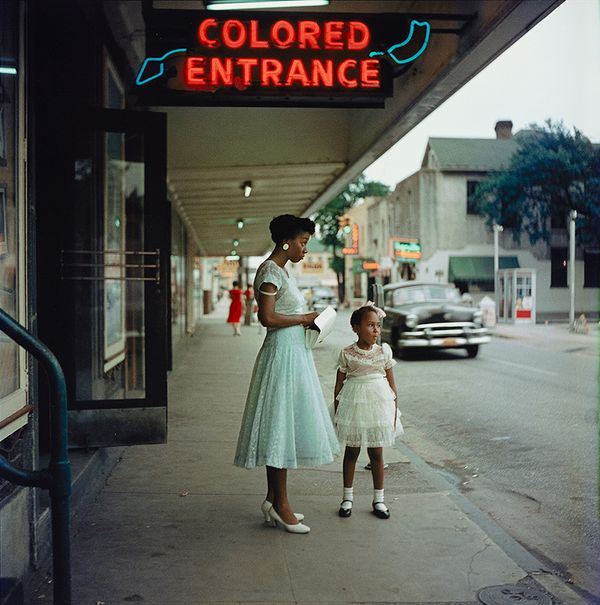
Gordon Parks, a print from Segregation Story, 1956. Photographs from the Martin Z. Margulies Foundation.
To explore the relationship between the camera and the broader world, we first require the cultural conditions that allow for a photograph’s creation. And for Segregation Story — the portfolio of 12 archival pigment prints by Gordon Parks coming to auction for the first time — those conditions are firmly enshrined in our collective memory. In 1956, Parks was sent to Alabama on an assignment from LIFE magazine to document the ongoing racial tension there following the global coverage of Rosa Parks’ resistance to an unjust status quo and the subsequent Montgomery bus boycott.

Gordon Parks, a print from Segregation Story, 1956. Photographs from the Martin Z. Margulies Foundation.
These works spotlight a core strength of photography: the ability to showcase the difference between a moment and the eternity that follows. In them, what’s allowed in the camera’s frame by Parks — a Black photographer born in Kansas — is empowering. The artist was not only giving voice to those who needed someone to speak for them, he was also offering an opportunity for his subjects to frame the way their stories were being told. When viewing these works, we’re confronted with the same sense the photographer may have had — that the social conditions that created the reality of the world before him may be temporary or fleeting, but what he captured could invite a challenging confrontation between memory, visual fact, and inherent meaning forever.
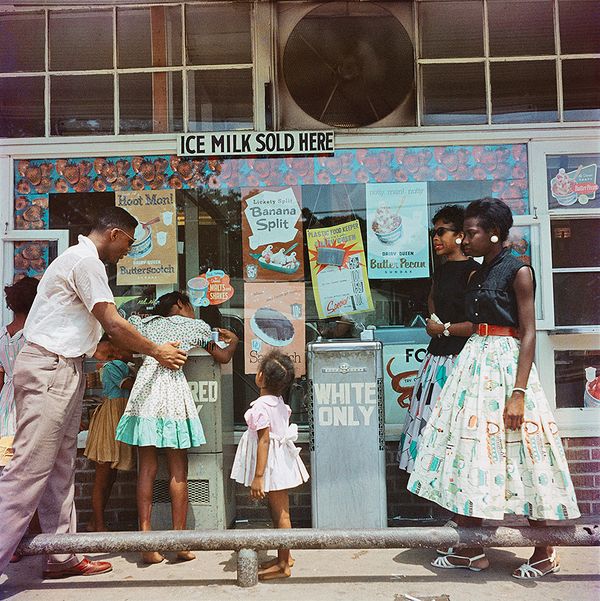
Gordon Parks, a print from Segregation Story, 1956. Photographs from the Martin Z. Margulies Foundation.
In essence, the difference between a moment and what comes after is everything that comes between, and when viewing these works today we discover not only a compelling document of a horrific period of American history, but a lasting resonance as our culture continues to navigate the human difficulties they depict. Our knowledge of the cultural history that passes between the moment a camera’s shutter opens and our first glimpse of the resulting print is present in our minds when we view a work. And in this case, it’s almost impossible to not see the early stages of a photographic lineage that lives on through the imagery of American racial tension today, and the powerful social change this visual lineage can elicit.
Danny Lyon and the Camera’s Immersion

Danny Lyon, a print from The Bikeriders, 1963–1966. Photographs from the Martin Z. Margulies Foundation.
For Danny Lyon, an enduring fascination with social outcasts is best considered through complete immersion. Becoming a participatory kind of pseudo-voyeur, Lyon created the conditions for his work by embedding himself within a multitude of marginalized communities. Relying on his camera and the power of his eye, he recorded how relationships with the world are formed from the point of view of the overlooked. Works by Danny Lyon in the Margulies collection offer us the opportunity to uncover how two distinct types of communities navigated their existence: the Chicago Outlaws Motorcycle Club and the inmates of seven Texas prisons.
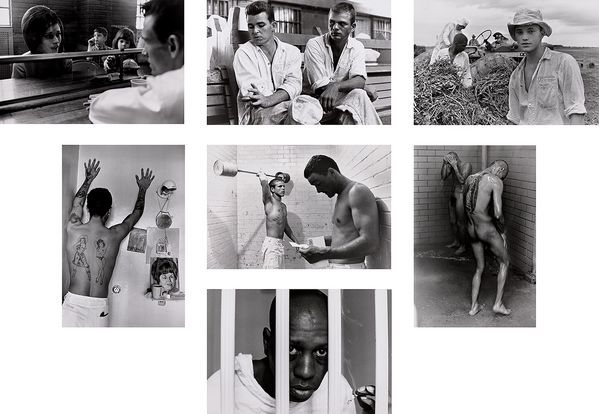
Danny Lyon, prints from Conversations with the Dead, 1983. Photographs from the Martin Z. Margulies Foundation.
Seeing these two portfolios together in Phillips’ gallery, one finds a resonance between the two communities, at once contrasting and fluid. For the Chicago Outlaws Motorcycle Club, their eschewing of social norms was in pursuit of a sense of boundless freedom, whereas in the penal system, subjects are relegated to the fringes of a system which deemed them unfit for life outside a penitentiary. A reverberating connection can be felt in the possibility of a continuum between the groups, given the Outlaws’ alleged criminal activities.
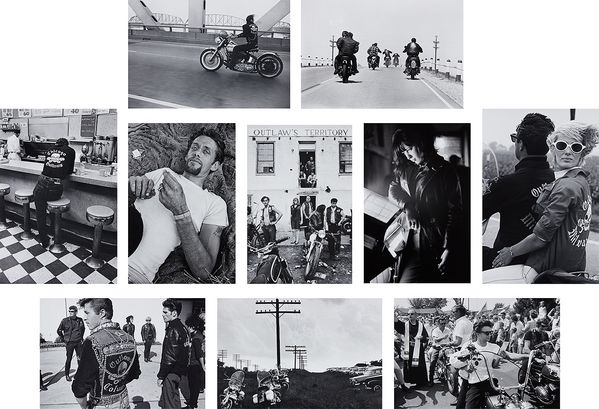
Danny Lyon, prints from The Bikeriders, 1963–1966. Photographs from the Martin Z. Margulies Foundation.
Lyon’s use of this immersive style of documentation, dubbed New Journalism, allowed for candid capture as he gained the trust of his subjects. The careful approach to what enters the frame showcases both the Outlaws and the inmates in a human light. The works pose questions about why we choose to mythologize certain groups, probing our continued fascination with the rebellious nature of motorcycle clubs (tied to America’s collective reverence for freedom, independence, and motorsports) and the underworld of prisons. The latter’s harsh and inhumane conditions creating a group so heavily detached from society that it exists solely as consequence or threat, wholly separate from life and hidden away from others — a sentiment so starkly conveyed by the title of the portfolio.
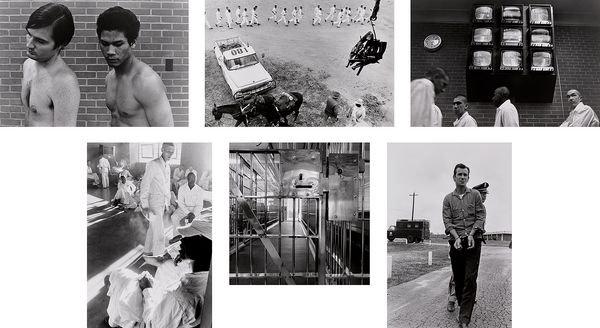
Danny Lyon, prints from Conversations with the Dead, 1983. Photographs from the Martin Z. Margulies Foundation.
These works, like many in the collection, showcase a universality of human existence: that it occurs only in relation to others. Lyon’s humanistic depiction of these outsider subjects shows how richly intertwined their communities become, even if — and perhaps especially because — they’re on the fringes.
Flashpoints Across Time

Hank Willis Thomas, So Glad We Made It, 1977/2006. Photographs from the Martin Z. Margulies Foundation.
Throughout this collection, we find artists documenting subjects who were perhaps at risk of being misunderstood by the future. It’s worth turning to this point to consider what exactly compelled artists to make these images. In such cases, it is the remarkable vision of the artist that recognizes the urgency of moments that cannot be forgotten, ultimately creating compelling images that not only serve to provoke thought, but function as important historical documents as well. Yet, an artist’s conceptual vision can also flip this script, drawing on historical imagery to create works that probe our understanding of the past.
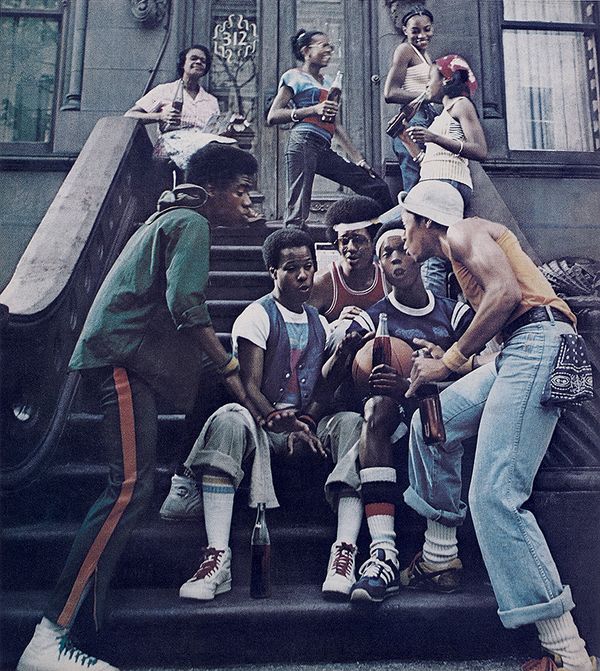
Hank Willis Thomas, It’s The Real Thing, 1978/2006. Photographs from the Martin Z. Margulies Foundation.
Two lots by Hank Willis Thomas on offer in this sale — So Glad We Made It and It’s The Real Thing — source their imagery from advertisements targeted at Black Americans between the years 1968 and 2008 (from the assassination of Martin Luther King Jr. to the election of the Barack Obama). By removing the text from these images and presenting them together in the series Unbranded: Reflections in Black by Corporate America, Thomas offers a critical lens into the means with which profits influence culture. His conscious deletion of the advertising copy offers us a new way to see these subjects and urges us to consider the intentions of advertising in society — intentions which Thomas skillfully subverts.
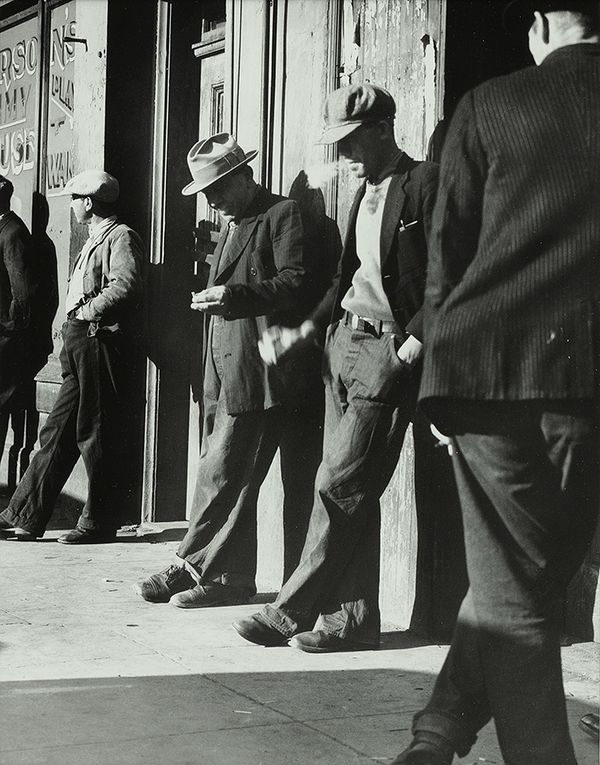
Dorothea Lange, Unemployed Men on Howard Street, San Francisco, 1938. Photographs from the Martin Z. Margulies Foundation.
For Dorothea Lange, it was an inherent understanding of the cultural significance of the Great Depression that led her to take to the streets with her camera. The resulting images of people and families enduring uncertain economic conditions have been vital in our understanding of the era. Seen today, the works confront us with the reality that much of the human strife depicted — men, women, and children without homes or income — creates a temporal ambiguity: their fears are ours. Their experiences are not myths but are the realities of the precarity of life and part of a cycle that continues to unfold before the lens today. And it’s just this cycle that the Martin Z. Margulies Foundation’s devoted philanthropic mission seeks to address.
Discover More from Photographs from the Martin Z. Margulies Foundation >
